

| According to his biographer Albert Bigelow
Paine, Mark Twain recorded in his notebook during the winter of 1891-92
while he was in Berlin:
"Been taken for Mommsen twice. We have the same hair, but on examination it was found the brains were different." |
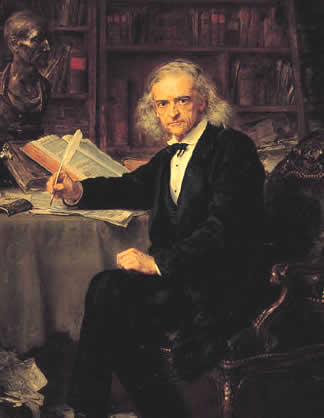 Theodor Mommsen (1817-1903) Eminent German historian and archeologist. For Twain's impression of Mommsen, see "The Chicago of Europe" |
In Europe Mark Twain's being mistaken for Theodor Mommsen was based on both men having flowing gray hair. Twain's unruly hair, auburn in his younger years and later gray, and a mustache to go with it, led to frequent misidentifications during his own lifetime. The misidentifications continue today as collectors of rare historic photos debate the identities of those pictured.
_____
While Germans thought Mark Twain looked like Theodore Mommsen, in 1904 Italians mistook him for Antonio Borzi, Director of the Botanical Gardens at Palermo, Italy. Borzi was a distinguished and scholarly man well-known in Florence who held a striking likeness to Mark Twain. Twain commented on being mistaken for Borzi in an interview he gave in 1904 from Italy in the Critic magazine titled "Mark Twain from an Italian Point of View."
|
|
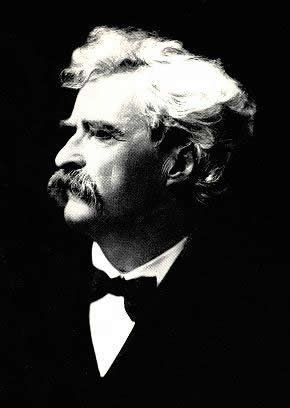 Mark Twain |
_____
In the United States, Mark Twain was mistaken for one high profile figure who was in the news in April 1875. When Mark Twain and his friend Joseph Twichell attended the trial of Henry Ward Beecher which was capturing the nation's attention, the New York Sun reported:
A company that was noteworthy as to some of its components gathered within the railing. Mark Twain shambled in loose of coat and joints and got a seat near the plaintiff's table. He closely resembles Mr. Moulton, and was mistaken by many for that much-watched attendant. Mr. Moulton arrived soon afterward, and when the two were brought together the likeness bore the test of juxtaposition. Mr. Moulton was in features, hair, and expression an enlarged counterpart of Mr. Clemens. ("Ragged Edge in Earnest," New York Sun, April 15, 1875, p. 2. Reprinted in Mark Twain's Letters, Vol. 6, 1874-1875.)
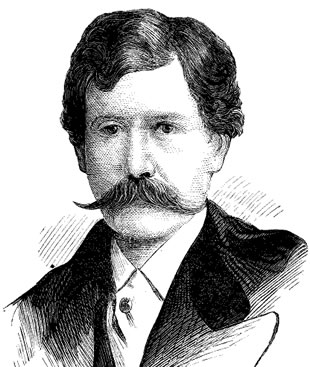 Frank Moulton, friend of Henry Ward Beecher from The Beecher-Tilton War 1875 |
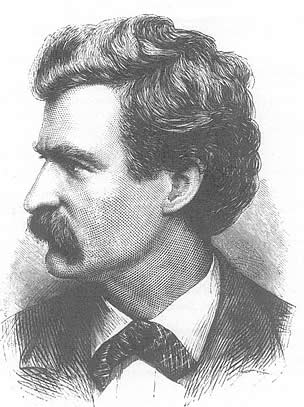 Mark Twain in Appleton's Journal July 4, 1874 |
_____
A contemporary of Twain's who did share the same family name and likeness was
Gaspar C. Clemens -- more commonly called "G. C. Clemens," a prominent
Kansas lawyer known as one of the ablest constitutional lawyers in the west.
For a short time he was also editor for the publication Whim-Wham. He
was known as "Topeka's Mark Twain." G. C. Clemens was prominent in
state politics during the era of populism, and was Governor Lewelling's legal
adviser during the 1893 legislature. He was later candidate for governor on
the socialist ticket. Research into Gaspar C. Clemens's background by Michael
J. Brodhead and O. Gene Clanton was published in G.
C. Clemens: The "Sociable Socialist" Kansas Historical Quarterly
in Winter 1974. While Gaspar C. Clemens enjoyed capitalizing on his resemblance
to Mark Twain (Samuel Clemens) and endorsing products in advertisements as "Mark
Twain's cousin," a family tie was never proven.
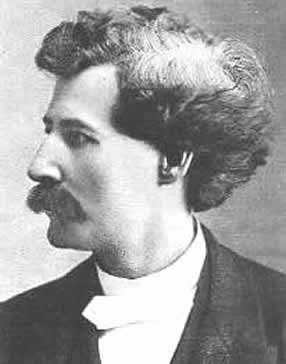 Gaspar C. Clemens (1849-1906) Kansas lawyer and editor |
 Mark Twain in Appleton's Journal July 4, 1874 |
_____
Another contemporary of Mark Twain's who did embark on an entertainment career impersonating Mark Twain was Dr. Joseph Jay Villers, a former Brooklyn, New York dentist who specialized in ventroliquism and facial maneuvers. One review of Villers's performance of Mark Twain was published in the Brooklyn Eagle on January 4, 1884 and reported, "The easy bearing of the latter, his slow speech, which gives one at first an impression of the lecturer's embarrassment and the quiet and effective way in which a joke is insinuated in his address were all faithfully portrayed. The extract given by Dr. Villers was from Mr. Clemens' lecture on the Sandwich Islands."
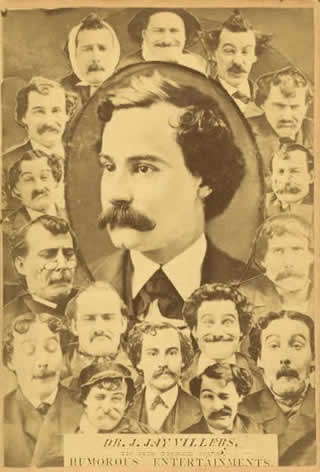 Dr. Joseph Jay Villers (1835 - 1912) Brooklyn, New York former dentist turned impersonator |
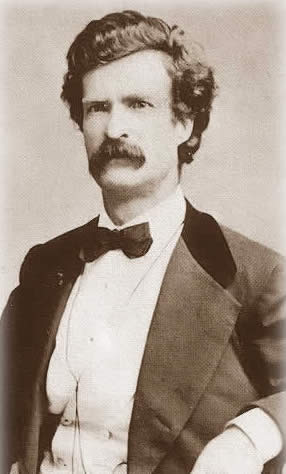 Mark Twain (1835 - 1910) |
_____
Ambrose Bierce and Mark Twain first crossed paths in San Francisco in the spring or summer of 1868. Bierce recalled first meeting Mark Twain when he came into the office of Frederick Marriott's San Francisco News Letter where Bierce was employed. Bierce recalled that Twain had dropped in to repay a loan from Marriott. Twain did publish at least one article in the News Letter on June 13, 1868. Bierce and Twain met again in England in 1872. When Bierce was a resident of Washington, D. C. in 1907 the Washington Herald of April 29, 1907 in a story titled "Mark Twain's Double" reported how Twain's portrait in a local art store was mistaken for Bierce's. The story reported that their resemblance to one another had caused many amusing incidents years ago in California and they had also been addressed as one another in London. In a letter Bierce wrote on September 21, 1913 to Amy Wells he commented "O yes, I suppose I look like the late Mark Twain -- I've been mistaken for him all my life, sometimes most amusingly" (A Much Misunderstood Man: Selected Letters of Ambrose Bierce, ed. by Joshi and Schultz).
 Ambrose Bierce (1842-circa 1914) |
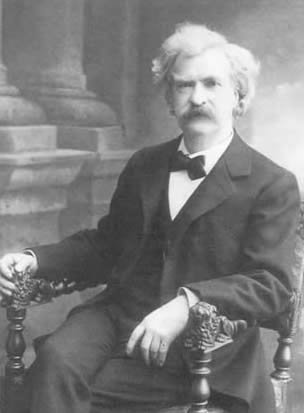 Mark Twain |
_____
Former Chief Justice of the Supreme Court Melville Fuller who served in that capacity during Twain's lifetime bore a resemblance to Mark Twain.
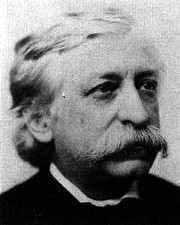 Melville Fuller (1833-1910) Chief Justice Supreme Court. See Sarony photo of Fuller on the Supreme Court. |
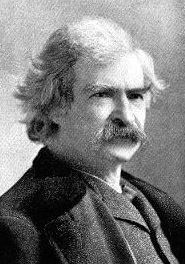 Mark Twain photo by Sarony |
_____
Almost twenty years younger than Mark Twain, James Hugh Keeley, a resident of Washington, D.C. was often mistaken for Twain due to his flowing white hair and mustache. In a feature story in the Washington Post, August 1, 1909 titled "Case of Mistaken Identity" Keeley reported how he had frequently been mistaken for Twain throughout America, England and Portugal. Keeley, a lecturer and journalist who was a former editor of the Franklin (Pa.) Herald was a frequent visitor to the Senate gallery when Congress was in session and was often mistaken for Twain by other Capitol visitors. The Washington Post of July 9, 1912 again featured Keeley in a story "Mark Twain's Double Marries a Third Time" and reported that crowds used to follow Keeley out of curiosity believing he was Mark Twain.
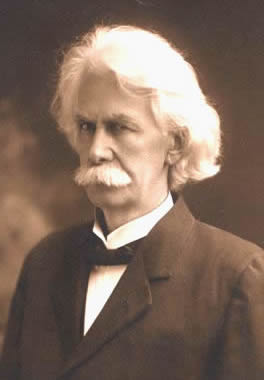 James Hugh Keeley, Sr. (1857-1932) Journalist and lecturer |
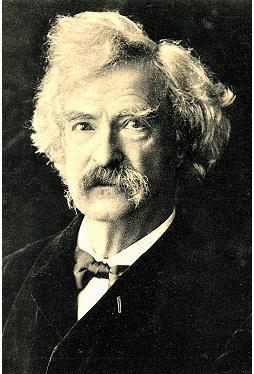 Mark Twain |
_____
Pictures of famous pianist and composer Ignace Paderewski have also been mistaken for Mark Twain.
|
|
|
_____
Another contemporary from Twain's lifetime whose likeness has been mistaken for Twain is Frederick Augustus Lucas. Lucas was a member of the Society of American Taxidermists in 1880 and later became director of the American Museum of Natural History in New York. Photos of Lucas are courtesy of American Museum of Natural History
|
|
|
_____
Hardly a week goes by that some seller on the internet auction site Ebay
does not offer a photo or artifact that "looks like Mark Twain."
One of the most frequent misidentifications that surfaces on Ebay is that
of Thomas Jefferson Humes. Humes was a former candidate for U.S. Senator from
the State of Washington and a former mayor
of Seattle, Washington from 1897-1904. When he died in 1904, the Washington
Bee of December 17, 1904 remarked that Humes "was a double of Mark
Twain in more than looks, as he was noted among his friends as a humorist."
("Mark Twain Double Dead," Washington Bee, December 17, 1904,
p. 7.)
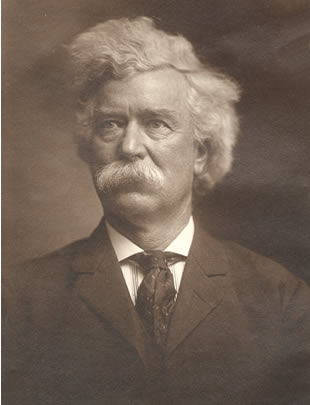 Thomas J. Humes (1849-1904) Former mayor of Seattle, Washington |
 Mark Twain |
President Roosevelt noticed the wonderful resemblance between Mayor Humes and Mark Twain, the great American humorist. It was during the president's visit to Seattle last August, but Mayor Humes, perhaps on account of modesty, did not tell anybody about it until long after the visit.
Roosevelt made the remark while he and the mayor were entering the carriage, after making speeches on the University grounds.
"Do you know," said the president, "that when you got up to make that speech of welcome I was impressed by the striking resemblance between you and Mark Twain."
"Yes," blandly replied the city's chief executive, "Mark Twain has often been complimented in that manner."
The president was not the first man to notice the resemblance between the two men. Several years ago a morning paper had occasion to run a picture of the humorist, but no cut. It therefore used a cut of Mayor Humes and it said that nobody detected the difference. At any rate the paper came out a few days afterwards and bragged about its clever piece of deception. It seems inconsistent in view of the heartless manner in which the same paper has since goaded contemporaries for placing the wrong names under cuts of notables.
Mayor Humes admitted that there was a great resemblance between him and Samuel L. Clemens, but he maintained that he was a younger man, and looked it. Both men were of about the same height and build. Each had the same huge growth of bushy white hair; each possessing a remarkably expressive blue eye and strong face. (From obituary titled "Ex-Mayor Humes Died at Fairbanks, Alaska," Seattle Star, November 10, 1904, p. 1.)
_____
Robert Hope-Jones, a pioneering organ builder became known as
the "Father of the Theatre Organ" when he teamed up with theWurlitzer
Company. Hope-Jones also bears a striking resemblance to Mark Twain. Hope-Jones
had his own business in Elmira, New York and Mark Twain was one of his financial
backers.. Both men had similar hair and mustaches. (I am indebted to Roger
Fisher, Manager of the Lancastrian
Theatre Organ Trust's Heritage Centre and Hope-Jones Museum, Eccles, Manchester,
England for submitting Robert Hope-Jones for inclusion in Twain's list of
lookalikes.)
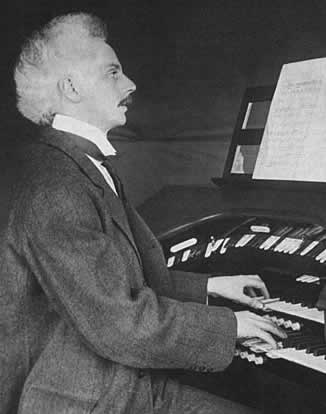 Robert Hope-Jones (1859-1914) "Father of the Theatre Organ" |
 Mark Twain |
_____
Two famous Alberts have also been mistaken for Twain in previous Ebay auctions -- Albert Schweitzer and Albert Einstein, both Nobel Prize winners.
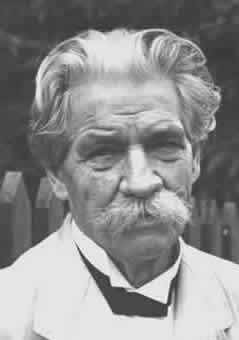 Albert Schweitzer (1875-1965) Famous physician and winner of the 1952 Nobel Peace Prize. |
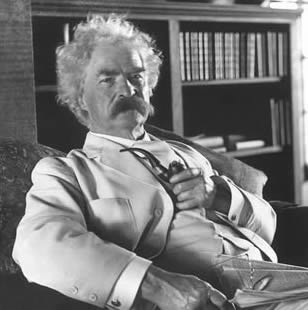 Mark Twain |
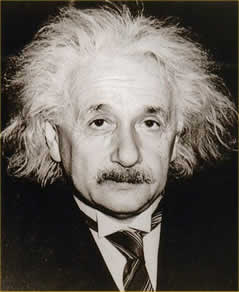 Albert Einstein (1879-1955) Famous physicist and winner of the 1921 Nobel Prize in Physics. |
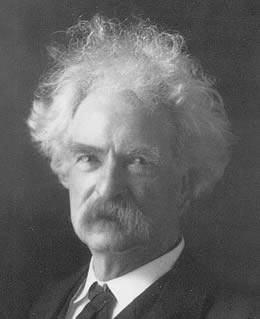 Mark Twain |
_____
Sometimes authors and biographers of Mark Twain publish photos that are misidentified as Twain. The problem is compounded when other authors follow the lead. In 1990 Nigey Lennon's THE SAGEBRUSH BOHEMIAN (Paragon House, 1990) featured a misidentified man, possibly a Nevada newspaperman, as Mark Twain.
| Identified
by Lennon as Mark Twain, this man's real identity remains unknown. 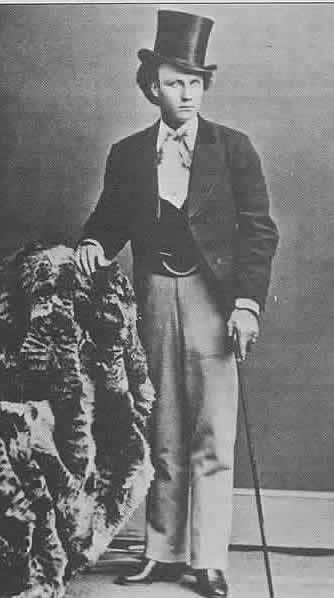 |
Mark
Twain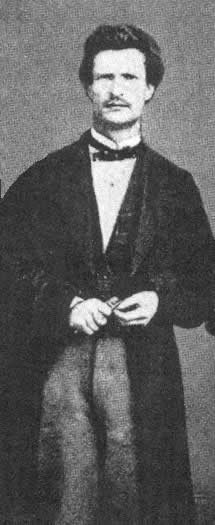 |
_____
A noteworthy error from Frank Crampton's DEEP ENOUGH (Sage Books, 1956
and University of Oklahoma Press, 1982) features a misidentified swimmer as
Mark Twain. The problem was compounded when Katharine Hillyer followed Crampton's
misidentification in her book YOUNG REPORTER MARK TWAIN IN VIRGINIA CITY
(Western Print and Publishing Co., 1964) and ran the same photo. Both Crampton's
and Hillyer's books contain other photos misidentified as Mark Twain.
|
|
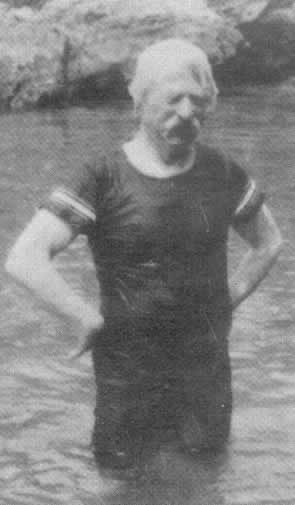 Mark Twain in Bermuda. |
_____
Throughout his lifetime, Mark Twain was a target for impostors
and doubles who played upon his well-known appearance and reputation. Untangling
all of their trails and establishing their identities has yet to be accomplished.
For now, many photos thought to be of Mark Twain can only be identified as the
illusive "unknown." For an indepth study of an imposter in Australia,
see "Mark
Twain's Mysterious Melbourne Maverick" by Ron Hohenhaus.